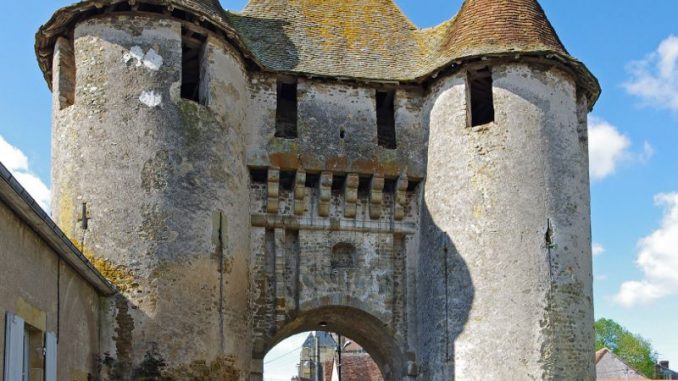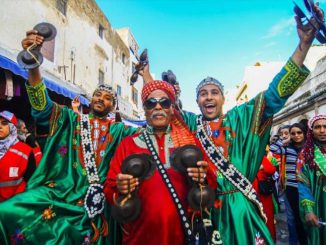
The city of Fez is famous for its Al Quaraouiyine University, the oldest in the world. It is also known for its numerous medersas (traditional schools), which testify to the rich civilization and heritage of this city, formerly the cradle of science and knowledge.
In total, eleven medersas cover the ancient medina of Fez, classified as a World Heritage Site by UNESCO in view of the profusion of its sites steeped in history, including its 9,000 historic houses, 83 mausoleums and 176 mosques, in addition to its 1,200 arts and crafts workshops and its large traditional tanneries.
This cultural and tourist heritage has for some years been the subject of colossal rehabilitation efforts on behalf of the Royal High Commission, within the framework of renovation programs carried out by the Agency for the Development and Rehabilitation of the City of Fez (Ader-Fez). Several medersas have been rehabilitated in recent years as part of these programs aimed at enhancing the old medina. These include the Sahrij, Sbaiyine, Mesbahia, Mohammadia and Seffarine schools.
The rehabilitation of these medersas is part of the program of restoration of the historic monuments of the medina of Fez, 27 in number, launched in March 2013. This vast program has also focused on the renovation of historic bridges, walls and large houses, which has contributed to changing the face of the city.
Rehabilitated by the Ader-Fez river, the medersa of Sahrij, Sbaiyine, Mesbahia, Mohammadia and Seffarine (13th and 14th centuries) are now under the responsibility of Al Qaraouiyine University and are open to students thanks to these renovation operations, which are continuing in other establishments and historic sites. Beyond their heritage and historical value, these medersas, which have always been a high place of knowledge and science through history and a place of passage and meetings for illustrious scholars (Ibn Khaldun, Maimonides or Pope Sylvester II), intend, indeed, to keep this vocation by opening their doors to students.
One of the most famous old schools is the Bou Inania medersa, which is located near Bab Boujloud. Both a school and a mosque, built in the 1350s, it has been magnificently restored and its carved cedar panels and tiled floors with geometric patterns are a marvel, making it a very popular tourist site in Fez. The architecture of these sumptuous buildings and their decoration, whose quality rivals that of great monuments in the East and Andalusia, bears witness to the great architectural achievements of the time in Morocco.
Also worthy of mention is the Cherratine Medersa, which is the first cultural and scientific achievement under the Alaouite Dynasty. In the past, it was used as an accommodation space for foreign students. Built during the reign of the Sultans Moulay Rachid and Moulay Ismail, the Cherratine Medersa, named after the area where rope makers (cherrite) officiate, became after its last restoration a Mecca of Moroccan culture. With its 125 cells spread over three levels along the galleries protected from view by mashrabiya, the architectural layout of the medersa, particularly the arrangement of the rooms around courtyards at the four corners of the building, is reminiscent of some of the old schools of Cairo.
Over the years, the network of Fez medersas has succeeded in designing and providing a solid teaching of religion and in facilitating better accommodation conditions for students from outside the city.




Be the first to comment